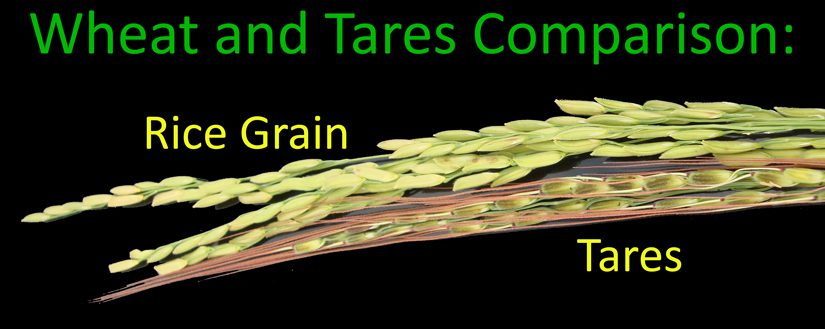Today I was walking by a rice field in Northern Cambodia. It is awe inspiring to see millions of acres of rice all planted by hand. Soon it will all be harvested by hand as well.
A cool wind is blowing out of the north, moving in waves across the heads of grain in the rice field. Wheat and rice look quite similar and have similar properties. Another unique aspect is that both wheat and rice have counterfeits as well. The “tares”. In the Cambodian language it is called “song-gnie”. It looks very similar to rice when growing, yet when it turns harvest time it is more than clear what is rice and what are tares. One you can eat, the other has no nutritional value. One has value, the other is worthless.
Matthew 13:24-43 talks of the parable of the wheat and the tares. In Jesus’ story, tares were put there by Satan. So what about ‘song-gnie’ (Cambodian tares)? I asked the farmers how they got there. They told me tone of two ways: First, they were left over from last year’s crop. When they prepared the soil they were not careful to remove the tares and other weeds, so they keep growing. Secondly, they come from buying cheap or bad seed which is not pure. Both ways of getting tares in a field, are completely preventable.
This parable is just as poignant today as it was two thousand years ago. How we share the gospel is just as important today as it was in Jesus’ day. I have come to see it is not very important to see how much seed was sown, but the resulting harvest is the whole purpose of sowing seed. In clear terms: the seed is the gospel; the harvest is transformed lives. Yes, we need to sow more seed, but we need to have a much better quality harvest. Much of the resulting harvests of immature believers or believers which do not follow the Bible are completely preventable.
Note: This is my first blog written on a cell phone.
